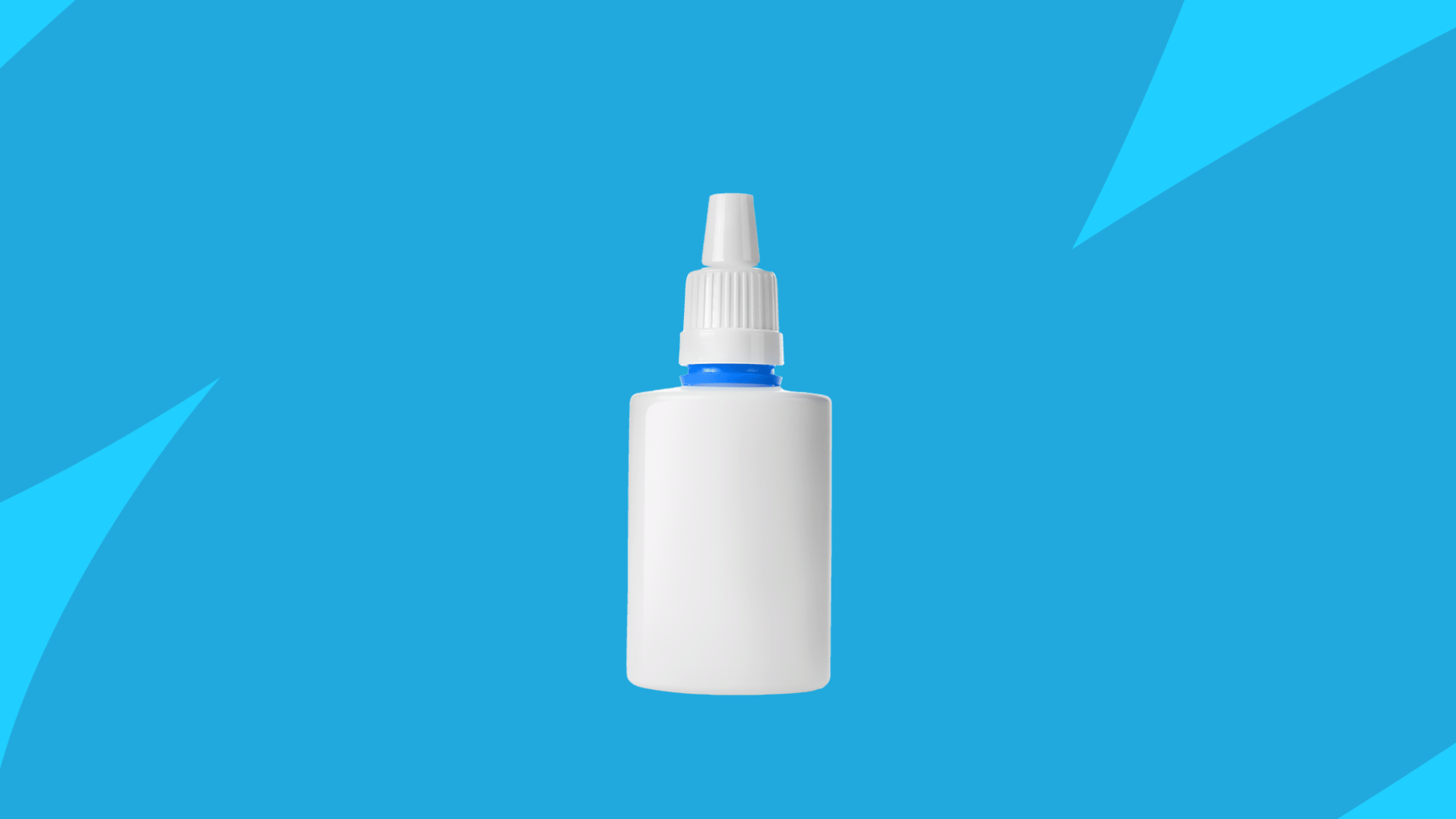Is bimatoprost covered by insurance? | How much does bimatoprost cost without insurance? | How to get bimatoprost without insurance
Bimatoprost is a generic prescription drug that reduces eye pressure (intraocular pressure) in people diagnosed with open-angle glaucoma and intraocular hypertension (IOH). Bimatoprost is a prostaglandin analog—a drug that acts like a natural substance produced by the body called prostaglandins. Among other things, these hormone-like compounds drain fluid out of the eye. Bimatoprost eye drops may be expensive without insurance coverage. However, a few simple tips can help people without health insurance save money on bimatoprost or other similar glaucoma treatments.
RELATED: What it’s like living with glaucoma
What is the brand name for bimatoprost?
Manufactured by Allergan, bimatoprost is usually prescribed as a generic drug, but there are three brand-name versions available. Lumigan is the original brand-name version of bimatoprost eye drops and costs about twice as much as the generic version. Durysta is a bimatoprost implant that is injected into the front of the eye. Costs include the implant and insertion, but the implant lasts for four to six months. Finally, Latisse is a brand-name topical solution of bimatoprost that is applied to the lower eyelids to increase eyelash growth and thickness.
RELATED: Save on Latisse
Is bimatoprost covered by insurance?
Bimatoprost is usually covered by health insurance and Medicare prescription drug plans for glaucoma and ocular hypertension. Insurance is less likely to cover brand-name Lumigan because there is a generic option available.
Durysta, the bimatoprost ophthalmic implant, may be covered by health insurance or Medicare, but certain conditions need to be met first. Insurance will only pay for one implant per eye since the implant is FDA-approved for one use only per eye.
Latisse, used mostly for cosmetic reasons, is rarely covered by health insurance. However, people with congenital hair growth problems on the face (hypotrichosis) may be covered by some plans.
How much does bimatoprost cost without insurance?
At full retail price, it costs $165 for a single three milliliter (mL) vial of 0.03% bimatoprost ophthalmic solution. This should be enough medicine to last 30 days, but that will depend on how regularly doses are administered. Long-term treatment with bimatoprost averages about $1,900 a year at the full cash price without insurance.
Brand-name Lumigan will cost more than generic bimatoprost. Without insurance, a 30-day supply of Lumigan will cost about $300. As for Latisse, most people purchase it at the full retail price—about the same price as generic bimatoprost—no matter what insurance coverage they have because it’s not often covered by insurance.
If bimatoprost is hard to afford, ask the prescribing healthcare provider about less expensive treatment options, such as generic Xalatan (latanoprost), a prostaglandin analog similar to bimatoprost. It works similarly to bimatoprost and has comparable side effects, such as dry eyes and eye pain.
Health insurance will help, but the final out-of-pocket cost is hard to predict. The insurance plan’s formulary, copay, and coinsurance will affect how much of the cost is covered by the insurance plan.
Compare bimatoprost prices to related drugs |
|||
|---|---|---|---|
| Drug name | Price without insurance of brand-name drug | SingleCare price | Savings options |
| Bimatoprost | $165 per 3 mL of 0.03% solution of generic bimatoprost | $44 per 3 mL of 0.03% solution of generic bimatoprost | See updated prices |
| Lumigan (bimatoprost) | $304 per 2.5 mL of 0.01% solution | $218 per 2.5mL of 0.01% solution of brand-name Lumigan | See updated prices |
| Latanoprost | $80 per 2.5 mL of 0.005% solution of generic latanoprost | $7 per 2.5 mL of 0.005% solution of generic latanoprost | See updated prices |
| Simbrinza (brinzolamide/brimonidine) | $274 per 8 mL of 1-0.2% suspension | $171 per 8 mL of 1-0.2% suspension of brand-name Simbrinza | See updated prices |
| Cosopt (dorzolamide/timolol) | $251 per 10 mL of 22.3-6.8 mg/mL solution | $13 per 10 mL of 22.3-6.8 mg/mL solution of generic Cosopt | See updated prices |
| Brimonidine tartrate | $202 per 5 mL of 0.15% solution of generic brimonidine tartrate | $31 per 5 mL of 0.15% solution of generic brimonidine tartrate | See updated prices |
| Rhopressa (netarsudil) | $356 per 2.5 mL of 0.02% solution | $300 per 2.5 mL of 0.02% solution of brand-name Rhopressa | See updated prices |
Prescription drug prices often change. These are the most accurate medication prices at the time of publishing. The listed price without insurance references the price of brand-name drugs (unless otherwise specified). The listed SingleCare price references the price of generic drugs if available. Click the link under “Savings options” to see updated drug prices.
How to get bimatoprost without insurance
Not everyone will find a bimatoprost prescription affordable. As a generic drug, it’s unlikely to have manufacturer patient assistance programs, manufacturer coupons, or rebates for uninsured patients. Even if bimatoprost is affordable for some, you don’t have to spend $160 on a bimatoprost prescription when there are many ways to reduce the price. The first place to start is a SingleCare savings card.
1. Use a free SingleCare discount card
A SingleCare discount card can lower the price of bimatoprost to as low as $44 for a 30-day supply, a savings of more than $120 off of the average price. The discount will depend, however, on the SingleCare participating pharmacy where the card is used. Visit SingleCare’s website or app for a list of available discount prices.
2. Look for the lowest price
Pharmacies charge various prices for the same prescription. Simply finding the lowest price at local pharmacies can unlock savings, particularly when combined with a SingleCare savings card.
3. Ask the prescriber about other more affordable treatment options
Ask the prescribing healthcare provider for medical advice about similar treatments, such as latanoprost. At full price, latanoprost will average about $80 for a month’s prescription. With a SingleCare savings card, you could pay as little as $7 for that same prescription. This represents a savings of almost $160 off of the retail price of bimatoprost and $73 off of the retail price of latanoprost.
4. Look up 340B providers in the area
340B clinics and hospitals provide discounted medical care and prescription medications. A bimatoprost prescription may be heavily discounted. Talk to county or city health officials for a list of local providers. There may be income eligibility requirements.
5. Research Medicaid or Medicare coverage
You may qualify for Medicaid and/or Medicare. Although some younger people are eligible, many Medicare beneficiaries are at least 65 years old, and everyone ages 60 years and older is at a higher risk for developing glaucoma. Start by researching eligibility and enrollment on your state’s Medicaid website or medicare.gov.











